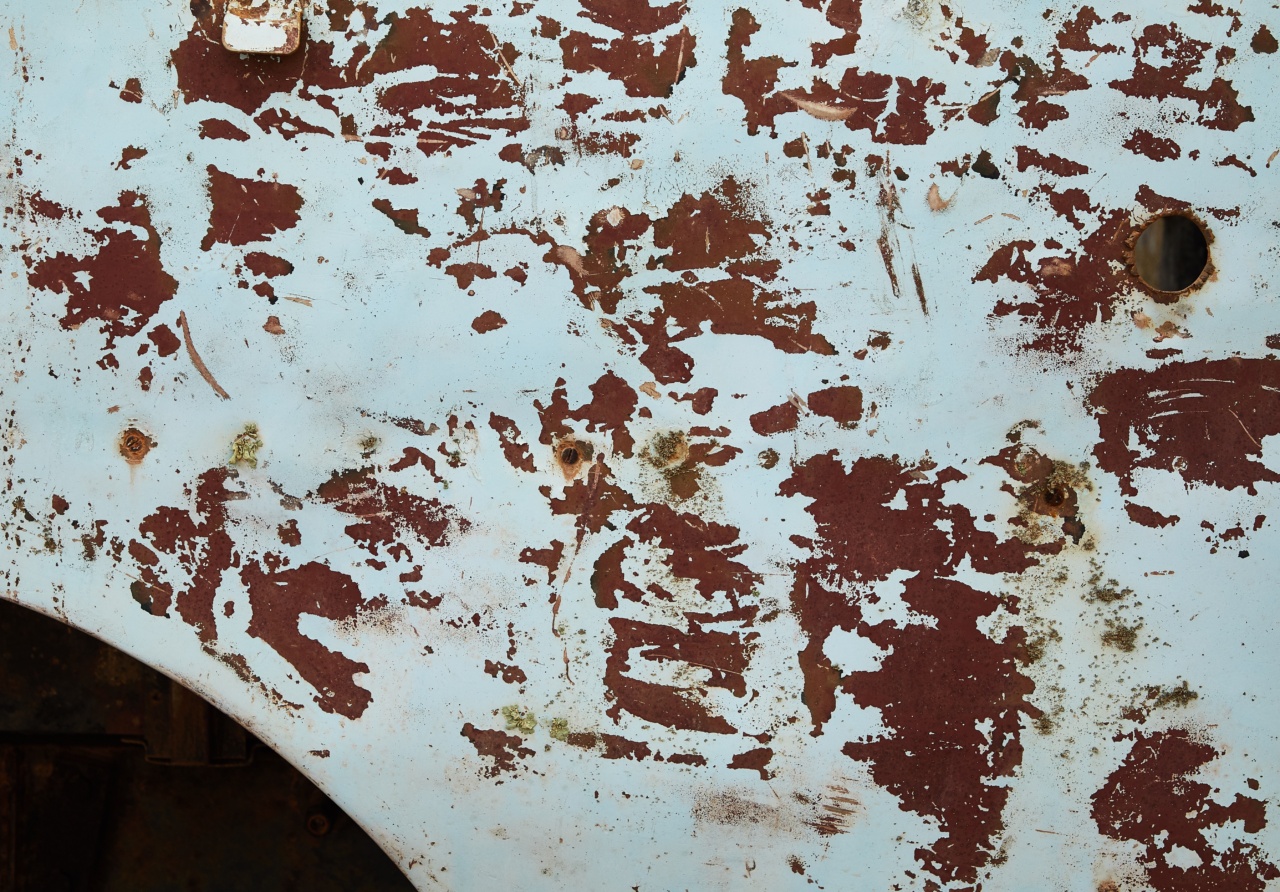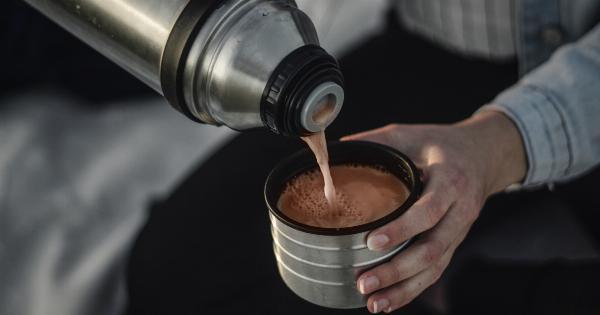Iron deficiency is a common condition that occurs when the body has insufficient iron to carry out its normal functions.
Iron is an essential mineral that plays a crucial role in the production of red blood cells and the transportation of oxygen throughout the body. When iron levels are low, the body cannot produce enough healthy red blood cells, resulting in a condition known as iron deficiency anemia.
Causes of Iron Deficiency
Iron deficiency can be caused by various factors, including inadequate iron intake, poor absorption of iron from the diet, increased iron requirements due to growth or pregnancy, and excessive blood loss through heavy menstruation or internal bleeding.
Common Symptoms of Iron Deficiency
Spotting the signs and symptoms of iron deficiency is crucial for timely diagnosis and treatment. Here are some common symptoms to look out for:.
1. Fatigue and Weakness
One of the most prominent symptoms of iron deficiency is persistent fatigue and weakness. Iron is necessary for the production of hemoglobin, a protein in red blood cells that carries oxygen to the body’s tissues.
When iron levels are low, the body is not able to transport oxygen effectively, leading to fatigue and weakness.
2. Pale Skin and Brittle Nails
Iron deficiency can cause paleness of the skin, especially noticeable in the face, inner eyelids, and nails. In severe cases, the nails may become brittle and spoon-shaped, named koilonychia.
These changes in the skin and nails occur due to reduced oxygen supply to these areas.
3. Shortness of Breath and Dizziness
Since iron deficiency affects the body’s ability to transport oxygen, individuals with low iron levels may experience shortness of breath even with minor physical exertion.
Dizziness, lightheadedness, and a rapid heartbeat can also occur as a result of insufficient oxygen supply to the brain.
4. Headaches and Cold Hands/Fee
Inadequate oxygen supply to the brain can lead to frequent headaches and migraines. Additionally, iron deficiency can cause cold hands and feet, as the body prioritizes oxygen delivery to essential organs over the extremities.
5. Unusual Cravings and Pica
Iron deficiency can lead to unusual cravings for non-nutritive substances such as ice, clay, dirt, or starch. This condition is known as pica and is often associated with a deficiency of important minerals like iron.
6. Restless Leg Syndrome
Restless Leg Syndrome (RLS) is a condition characterized by an uncontrollable urge to move the legs, usually accompanied by unpleasant sensations. In some cases, iron deficiency has been linked to the development or worsening of RLS symptoms.
7. Poor Immune Function
Iron plays a vital role in maintaining a healthy immune system. Low iron levels can compromise the immune system, making individuals more susceptible to infections, slow wound healing, and increased severity of illness.
8. Hair Loss
Iron deficiency can disrupt the normal growth cycle of hair follicles, leading to hair loss. Although many factors can contribute to hair loss, including genetics and hormonal imbalances, iron deficiency can exacerbate the problem.
9. Difficulty in Swallowing
In some cases, severe iron deficiency can cause a condition known as Plummer-Vinson syndrome. This syndrome is characterized by difficulty in swallowing, which occurs due to the formation of web-like growths in the throat.
10. Rapid Heartbeat or Irregular Heart Rhythm
In severe cases of iron deficiency, the heart may have to work harder to compensate for the reduced oxygen supply. This increased stress on the cardiovascular system can lead to a rapid heartbeat or irregular heart rhythm.
Prevention and Treatment
To prevent and treat iron deficiency, it is important to incorporate iron-rich foods into your diet and ensure proper absorption of iron. Here are some tips:.
1. Consume Iron-Rich Foods
Incorporate iron-rich foods into your diet, including lean meats, poultry, fish, legumes, dark leafy greens, nuts, and seeds. Consuming foods rich in vitamin C, such as citrus fruits, can enhance iron absorption.
2. Avoid Iron Inhibitors
Avoid consuming foods and beverages that inhibit iron absorption, such as tea, coffee, calcium-rich foods, and high-fiber meals, during or immediately after eating iron-rich foods.
3. Consider Iron Supplements
If your iron levels are significantly low or you have difficulty meeting your daily iron requirements through diet alone, your healthcare provider may recommend iron supplements.
It is important to consult a healthcare professional for appropriate dosage and guidance.
4. Treat Underlying Causes
If iron deficiency is caused by an underlying condition, such as heavy menstrual bleeding or gastrointestinal bleeding, treating the root cause is necessary to prevent recurrence of iron deficiency.
5. Regular Blood Tests
Regularly monitor your iron levels through blood tests, especially if you have a history of iron deficiency or are at a higher risk due to certain conditions or lifestyles.
Conclusion
Iron deficiency is a common condition that can cause a range of symptoms affecting various body systems. Being aware of the signs and symptoms of iron deficiency is essential for early diagnosis and appropriate treatment.
By adopting a balanced diet, incorporating iron-rich foods, and addressing underlying causes, you can prevent and effectively manage iron deficiency, promoting optimal health and well-being.































